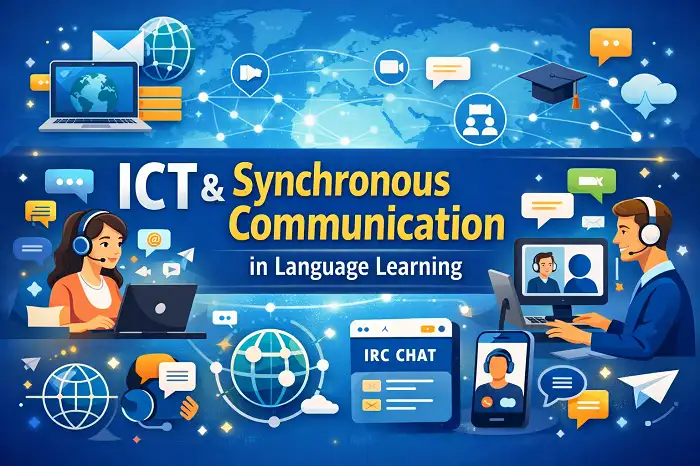Table of Contents
Conversation Analysis
Conversation Analysis
Like ‘discourse analysis’, Conversational Analysis provides a tool for conducting micro-analyses of classroom discourse and, in particular, for examining the sequential development of classroom talk. CA derives from a branch of sociology-ethnomethodology. Seedhouse identified five key principles of this method of enquiry:
- Indexicality, i.e. the use that interactants make of shared background knowledge and context
- The documentary method of interpretation, i.e. each real-world action is treated as an exemplar of a previously known pattern
- The reciprocity of perspectives, i.e. the interactants’ willingness to follow the same norms in order to achieve intersubjectivity
- Normative accountability, i.e. there are norms that are constructive of action and enable speakers to produce and interpret actions, and
- Reflectivity, i.e. the same methods and procedures apply to the production and interpretation of actions.
In accordance with these principles, conversational analysis seeks to explain how “talk in interaction’ takes place. It aims to characterise the organisation of interaction by abstracting from exemplars of specimens of interaction and to uncover the emic (using categories of people studied) logic underlying the organisation. This emic (using categories of people studied) perspective, which contrasts with the etic (using an outside observer’s categorisation) perspectives of mainstream SLA accounts of interaction, is achieved by recording naturally occurring interactions, transcribing them narrowly and deriving bottom-up interpretations of the underlying order.

CA for SLA, the term coined by Markee and Kasper, affords rich and illuminative accounts of classroom interaction. It serves as a tool for researchers to be able to assess what environments may be more or less conducive to learning because such settings would recommend themselves as scenes on which to focus research efforts.
CA has been used to contrast the interactions that occur in naturalistic settings with those that occur in classrooms, the organisation of turn-taking, the structure of repair sequences (Seedhouse, 1999), the basic structure of classroom discourse, and how context is jointly constructed by the participants.

Rampton noted that it is not so easy to interpret the participants’ orientation to such phenomena as silences, stretched syllables, and nonverbal behaviour in the L2 classroom as in interaction involving co-members. They also asked whether CA is capable of accounting for ‘learning’ as opposed to language use and concluded that “CA alone cannot cope”. Other disadvantages include the difficulty of generalizing results and the danger of ignoring superordinate variables relating to the learners’ social context.
The position of Conversation Analysis is that the interlocutor is implicated in each move by the candidate; that is, the performance is a dance in which it makes no sense to isolate the contributions of the individual dance partners.
Discourse analysts have focused on defining and clarifying the interactional nature of the oral proficiency interview. The Conversational Analytic tradition of research is best represented by the collection edited by Young and He (1998), which contains a number of chapters offering a Conversation Analysis account of interaction in the context of the oral proficiency interview.
References
- Seedhouse, P. (1999). Task-based interaction. ELT Journal, 53(3), 149-156. doi:10.1093/elt/53.3.149



